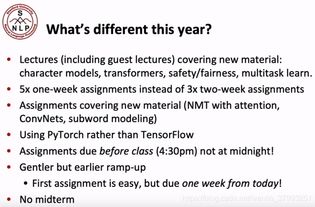Introduction: Fishing is an ancient pastime that has been cherished by millions of enthusiasts worldwide. One of the fundamental skills in fishing is learning how to tie a fishing line properly. Whether you are a beginner or an experienced angler, mastering the art of line tying is crucial for a successful fishing trip. In this article, we will provide you with a detailed guide to line tying techniques, complete with step-by-step illustrations and tips to help you become a proficient angler.
Importance of Line Tying Techniques Line tying is the process of connecting different components of a fishing outfit, such as the rod, reel, and lure. Proper line tying ensures that your fishing gear is secure, reduces the risk of losing your catch, and allows for smooth operation during fishing. Mastering the art of line tying can significantly enhance your fishing experience.
Basic Line Tying Techniques 2.1 Clinch Knot The clinch knot is one of the most popular and reliable line tying techniques. It is suitable for connecting fishing lines of various diameters.
Step 1: Take about 6-8 inches of fishing line and fold it over itself. Step 2: Pass the tag end through the loop. Step 3: Cross the tag end over the line and through the loop again. Step 4: Repeat step 3, creating a second loop. Step 5: Moisten the knot and pull the tag end to tighten the knot. Step 6: Trim the excess tag end.
2 Palomar Knot The Palomar knot is a versatile knot that can be used for both fishing lines and lures.
Step 1: Take about 6-8 inches of fishing line and fold it over itself. Step 2: Create a loop by passing the tag end through the loop. Step 3: Make a small loop at the end of the tag end. Step 4: Pass the tag end through the small loop. Step 5: Moisten the knot and pull the tag end to tighten the knot. Step 6: Trim the excess tag end.

3 Improved Clinch Knot The Improved Clinch Knot is similar to the Clinch Knot but offers more security.
Step 1: Take about 6-8 inches of fishing line and fold it over itself. Step 2: Pass the tag end through the loop. Step 3: Cross the tag end over the line and through the loop again. Step 4: Repeat step 3, creating a second loop. Step 5: Moisten the knot and pull the tag end to tighten the knot. Step 6: Trim the excess tag end.
Advanced Line Tying Techniques 3.1 Uni Knot The Uni Knot is a versatile and strong knot suitable for joining fishing lines of different diameters.
Step 1: Take about 6-8 inches of fishing line and fold it over itself. Step 2: Create a loop by passing the tag end through the loop. Step 3: Cross the tag end over the line and through the loop again. Step 4: Moisten the knot and pull the tag end to tighten the knot. Step 5: Trim the excess tag end.
2 Blood Knot The Blood Knot is a popular knot for joining two fishing lines of similar diameters.
Step 1: Take two fishing lines and overlap them. Step 2: Make a loop in each line. Step 3: Pass one loop through the other. Step 4: Repeat step 3 with the remaining loops. Step 5: Moisten the knot and pull the tag ends to tighten the knot. Step 6: Trim the excess tag ends.
Tips for Successful Line Tying 4.1 Keep the knot simple: Avoid complicated knots unless necessary, as they can be more prone to failure. 4.2 Moisten the knot: This helps in creating a smoother and stronger knot. 4.3 Practice: Like any skill, line tying requires practice. Keep practicing until you are confident in your technique. 4.4 Inspect your knots: Regularly check your knots for signs of wear and tear. Replace them if necessary.
Conclusion: Mastering the art of line tying is an essential skill for any angler. By following the step-by-step illustrations and tips provided in this article, you will be well on your way to becoming a proficient angler. Whether you are fishing for bass, trout, or any other species, proper line tying will ensure a successful and enjoyable fishing trip. Happy fishing!












